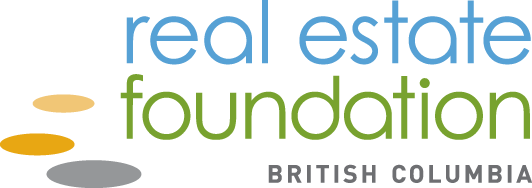Our Wetland Workforce Team.
BC Wildlife Federation, in collaboration with multiple conservation organizations and First Nations, launched a Wetlands Workforce Program with the objective to:
- Provide employment opportunities for people affected by the recent economic recession, specifically women, people under 30, and First Nations;
- Maintain riparian area habitat and stabilize shorelines at previously restored wetlands by managing weeds, protecting trees, and planting native species;
- Monitor the effectiveness of these wetland restoration sites in order to inform best management practices and adaptive management needs;
- Advance collaborative wetland restoration projects through planning processes that involve First Nations and community engagement; and
- Support Province Wide monitoring initiatives that will improve wetland management through the development of better wetland inventories and decision-making tool.
The FVWC lead a WorkPod, and recognized this opportunity to return to restoration sites across the Eastern Fraser Valley, B.C. and provide the much needed enhancement and maintenance integral to ensuring these aquatic and riparian sites provide the values for biodiversity and people alike.
The most important values that WW/HWI has enabled our organization to accomplish are:
- Maintaining restoration sites. Often, funders will fund the creation of new restoration projects, but it is very difficult to fund the ongoing stewardship and maintenance of these sites. However, the act of returning to these sites to monitor allows us to identify needs/deficiencies and adapt the site to function to support people and biodiversity values. It is one of the most important aspects of restoration project success and watershed management.
- Supporting awareness and understanding of watersheds, biodiversity by allowing our organization to hire a watersheds educator. This helped us draft social media posts that create "bite-sized" interesting and regionally relevant information for general public users; and develop more in-depth curriculum-based lessons delivered to schools and organized community group.
- Creating the online learning platform. This enabled shared understandings on a variety of topics and, in the roll-out from our organization to do the learning as a team, supported dialogue and discussions on subject matters, particularly on Indigenous awareness and the history of wetlands.
- The opportunity to contribute to WESP, a larger-scale initiative.
- As a direct result of the Atmospheric induced floods/mudslides – FVWC began communicating to the public on the importance of watershed planning and management.
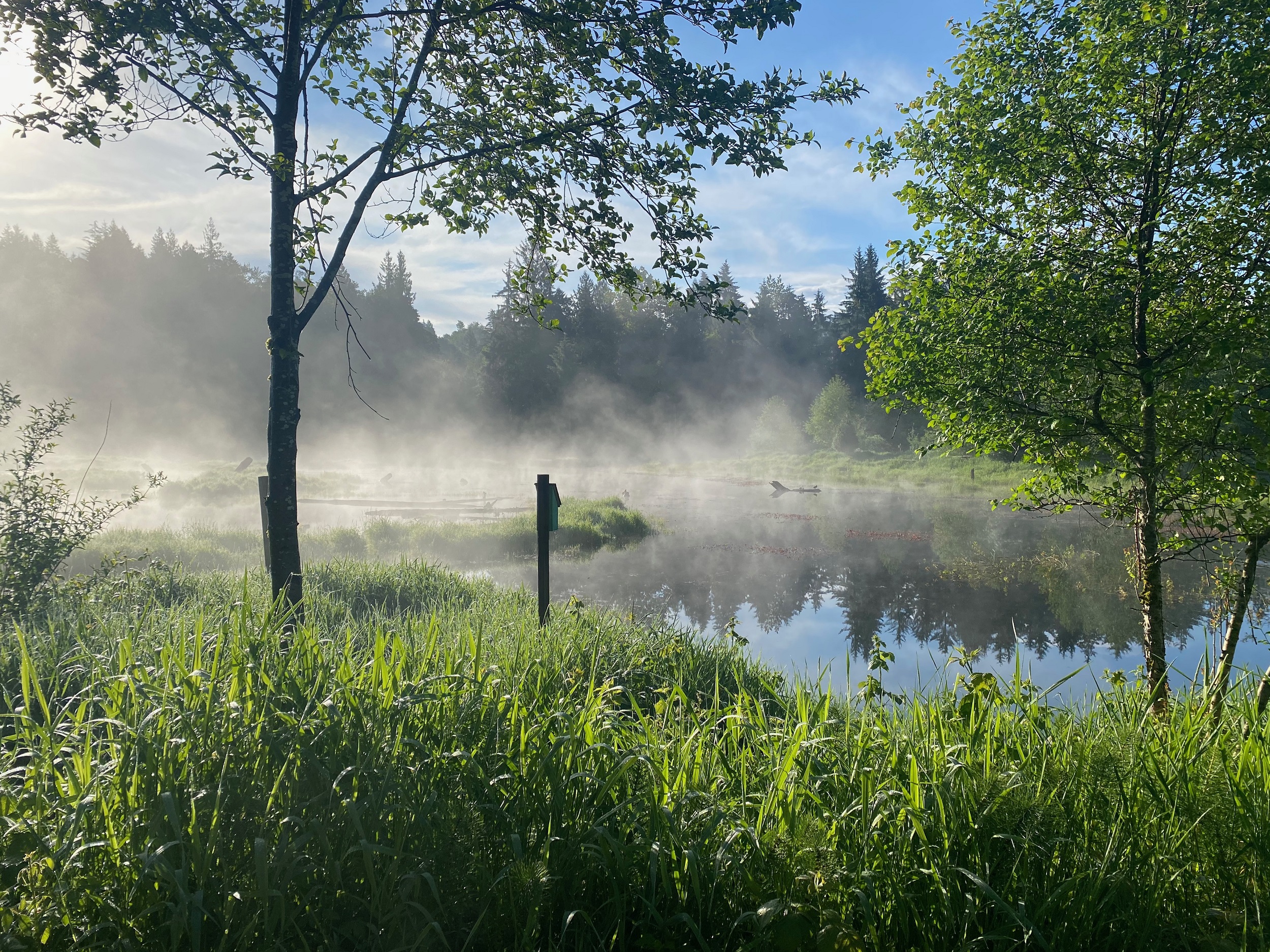
photo credit: WMoon. View of Silverdale Wetlands May 2021

photo credit: WMoon. Team fixes beaver wire cages.
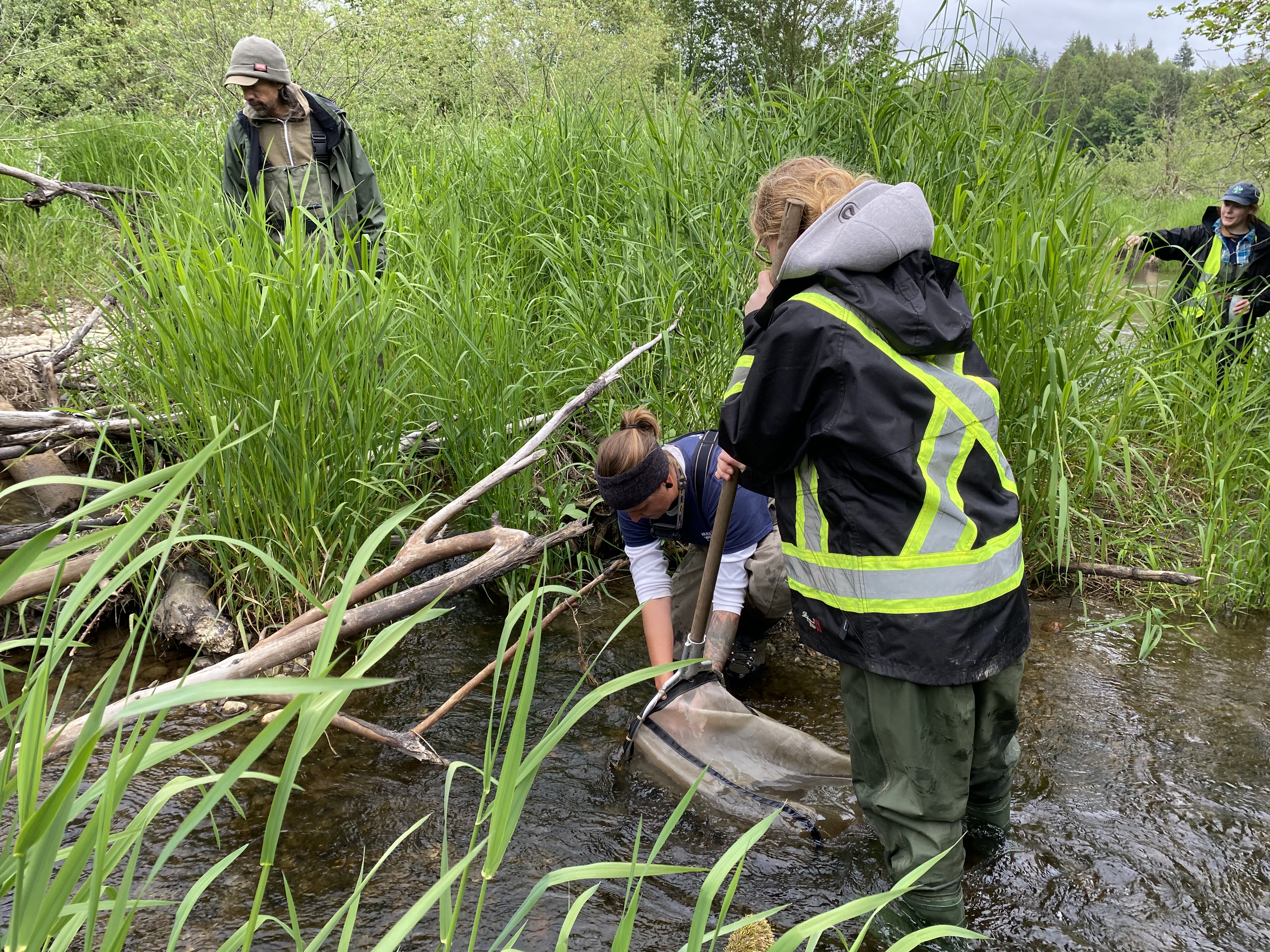
photo caption: Team complete invertebrate sampling
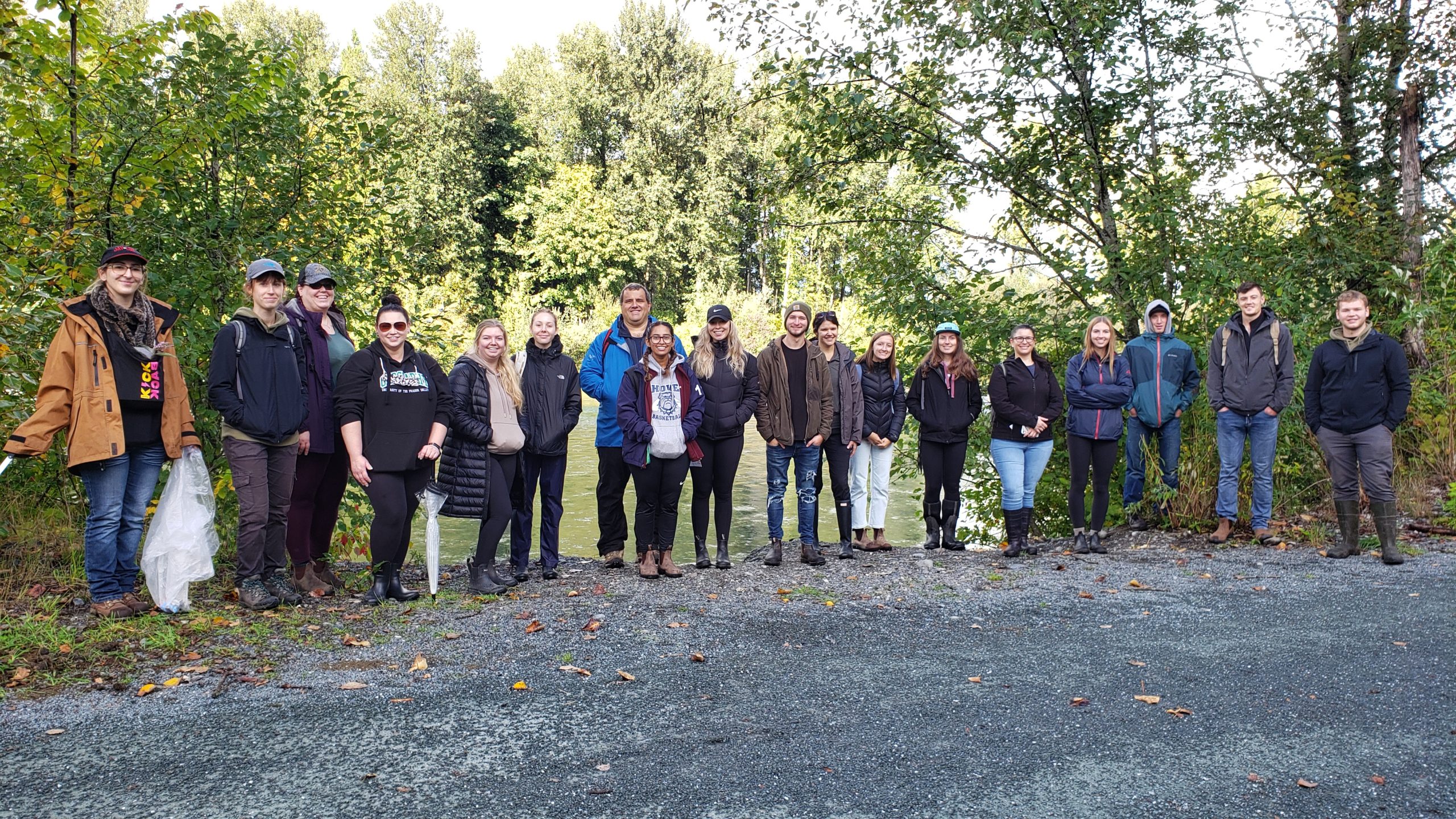
Photo caption: UFV Geography 301 class field tour to Browne Creek Wetlands to identify and assess environmental targets and threats.
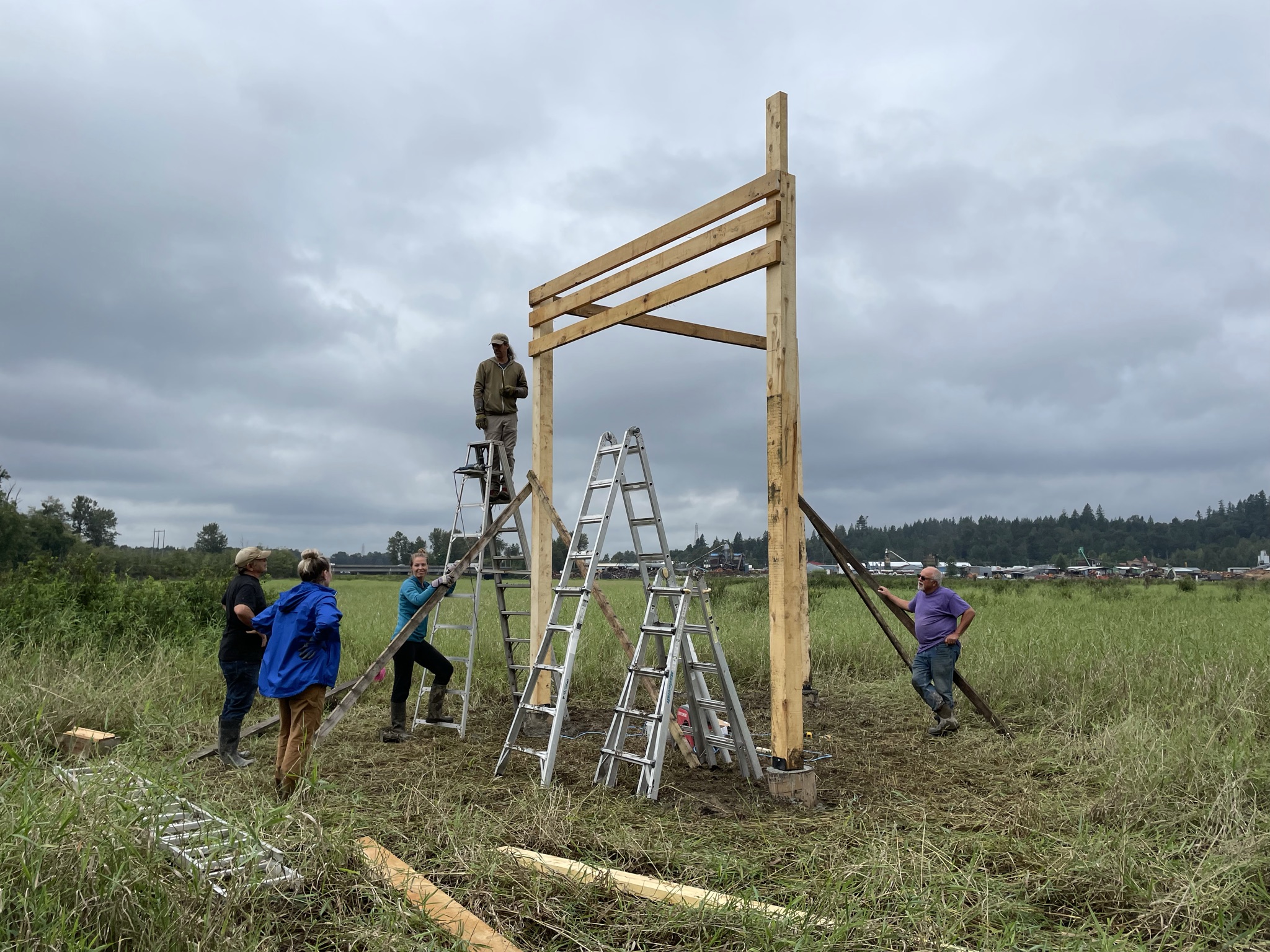
Photo caption: FVWC, Stave Valley Salmonid Enhancement Society and Kwantlen First Nation construct the Purple Martin nesting condo in the Lower Stave River watershed on protected IR Lands.
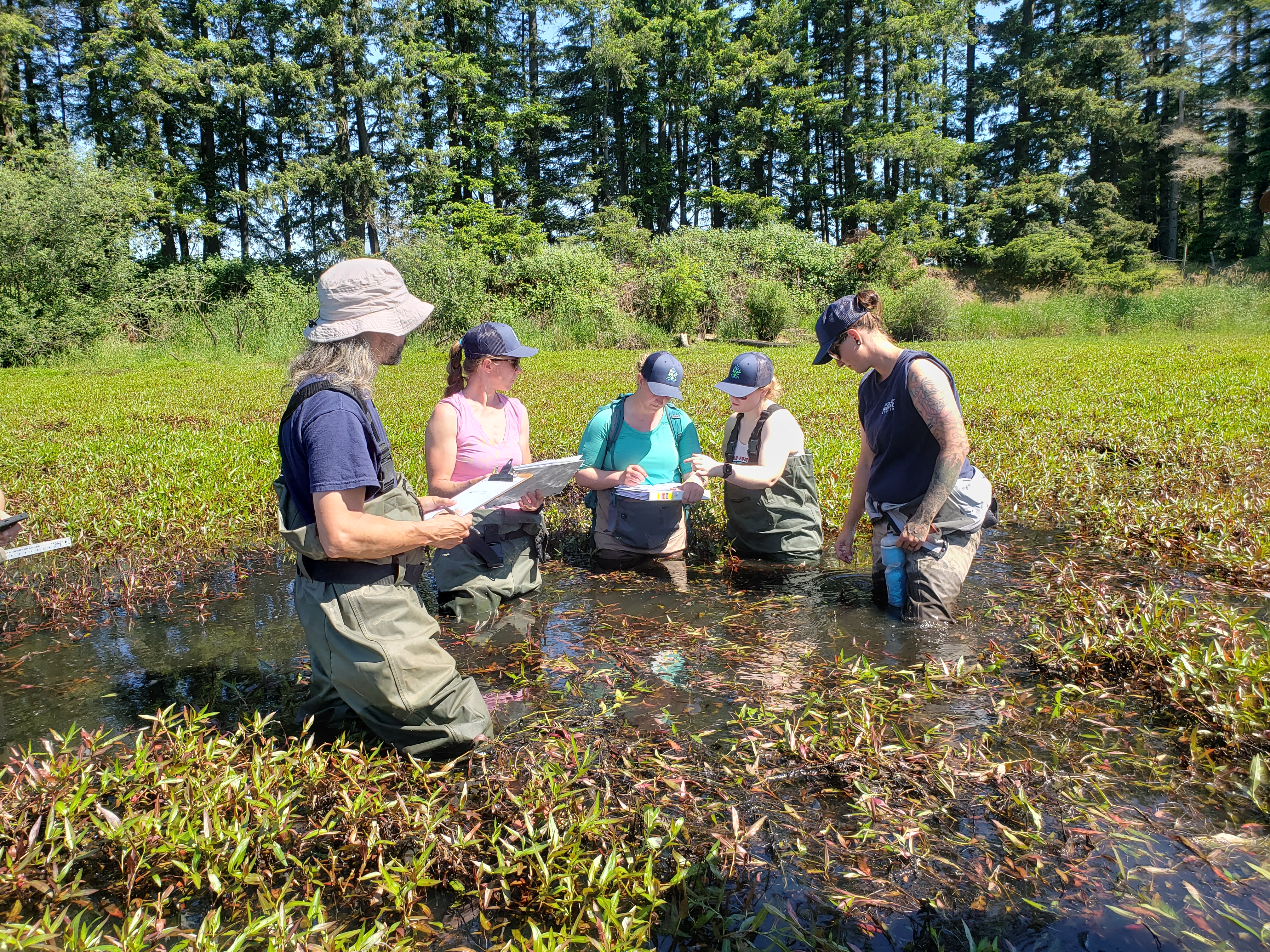
Photo caption: FVWC team learn the WESP protocol with BCWF.
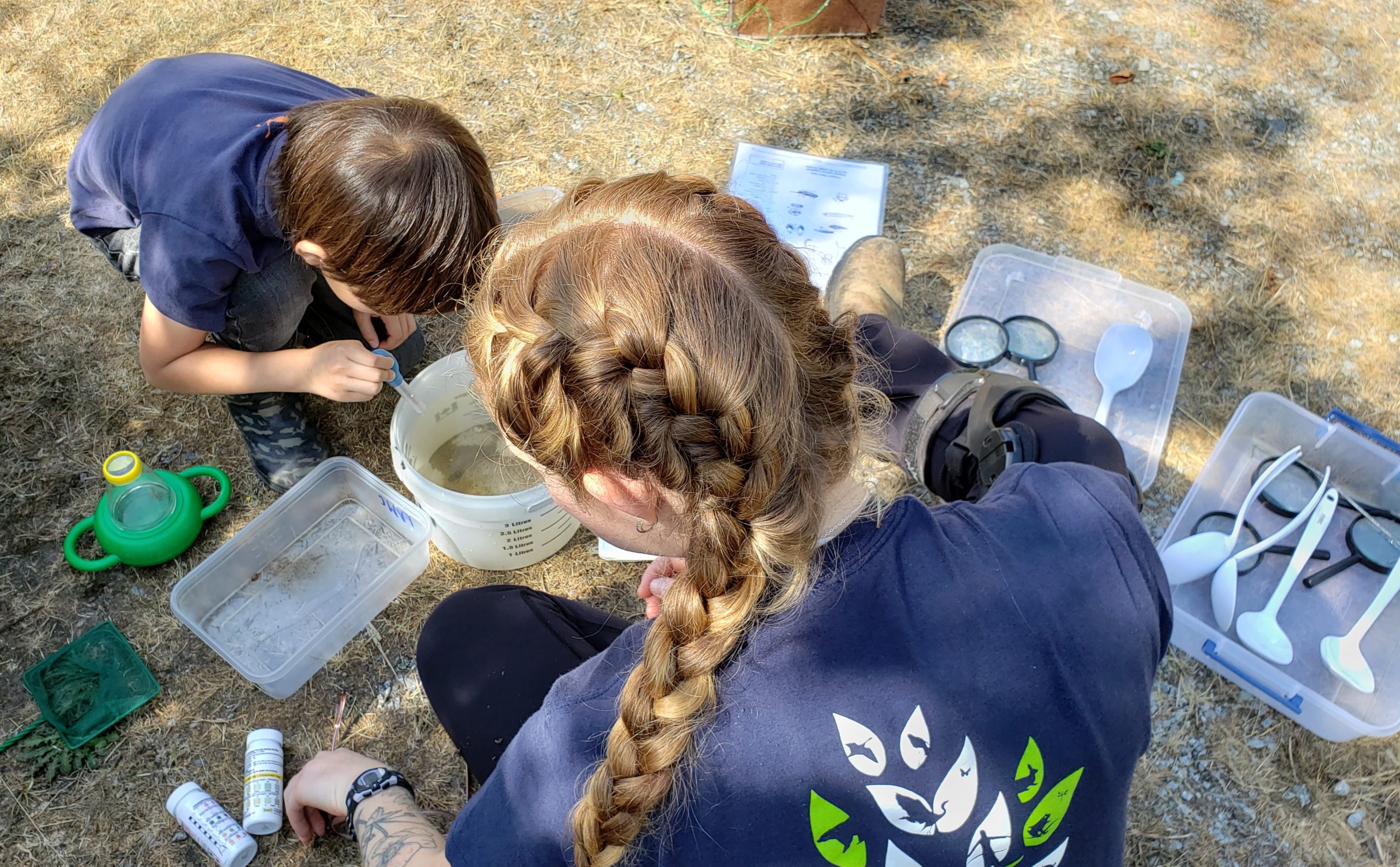
Photo caption: Watersheds Educator explore aquatic bugs with young student at Silverdale Wetlands.
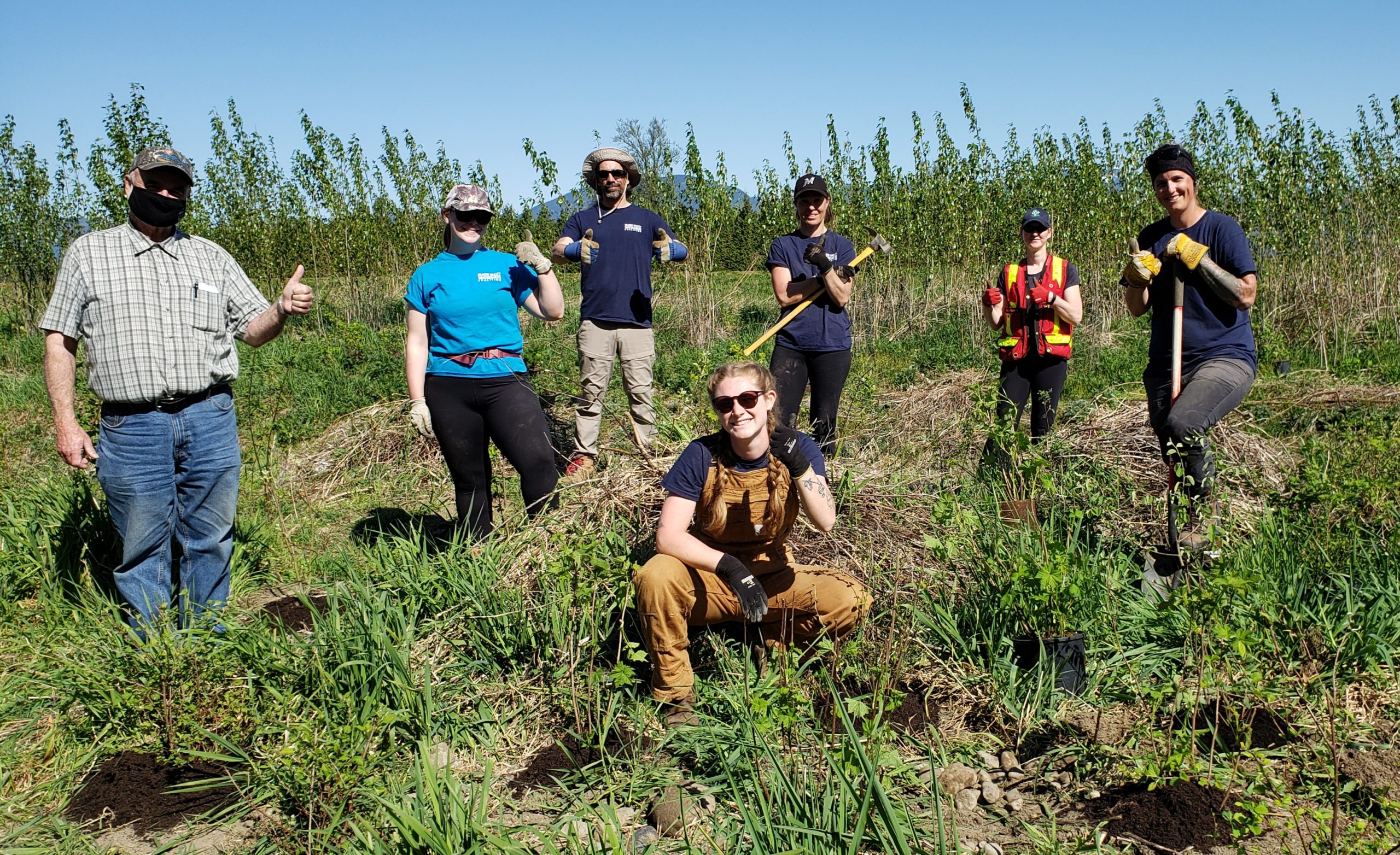
Photo Caption: FVWC team mulches Hooge Wetland to increase soil moisture retention. We are joined by Mr. Wally Hall Sr.
The FVWC Workforce Team achieved significant results across the Eastern Fraser Valley.
- Maintained 12 unique restoration project sites. These sites included:
- Chilliwack, B.C.
- Mission, B.C.
- Donatelli Park Conservation Area
- Stave River
- Stave Site # 2 (Freshwater floodplain estuary)
- Stave Site # 3 (Freshwater floodplain estuary)
- Silverdale Creek Wetlands
- Silverdale West # 1 off-channel and marsh habitat
- Hope, B.C.
- Removed / controlled 47,513.40 m2 of invasive plants, by hand (clippers, pruners and hand-trimmers). (Equivalent to approximately 30 Hockey rinks in size). The invasive species controlled included:
- Himalayan balsam
- Himalayan blackberry
- Reed canary grass
- Hops
- Sweet white clover
- Installed, replaced and fixed herbivory guards at project sites to ensure vegetation is protected.
- Enhanced specific habitat values for rare Purple Martin by constructing a nesting condo on protected First Nation lands where a known lower mainland population exists.
- Completed replanting at 3 project sites
- Replanting totaled 4,334.5m2 (Equivalent to approximately 2.7 Hockey rinks in size). Of which, species planted included:
- Douglas fir (Pseudotsuga menziesii) 5
- Mock orange (Philadelphus lewisii) 5
- Vine maple (Acer circinatum) 12
- Ocean spray (Holodiscus discolor) 40
- Red flowering currant (Ribes sanguineum) 50
- Saskatoon (Amelanchier alnifolia) 50
- Thimble berry (Rubus parviflorus) 75
- Hardhack (Spiraea douglasii) 276
- Salmonberry (Rubus spectabilis) 90
- Pacific ninebark (Physocarpus capitatus) 25
- Slough sedge (Carex obnupta) 95
- Removed debris and garbage from 6 restoration sites, of which resulted in cleaning up 12,672 m2.
- Engaged our communities with outreach and awareness information:
- Released 81 social media posts on Facebook/Social Media related to Healthy Watersheds and enhancement activities;
- Participated in 12 hands-on in person educational sessions.
- Delivered 2 community group presentations.
- Supported 1 University class as a sessional instruction - regional place-based applied critical thinking on environmental assessments.
- Developed the "Discovery Program" - as part of FVWC's Education and Outreach Program Pillar. This included:
- Creation of 4 in-depth outdoor learning modules (with visual aids)
- 6 brief Discovery Program videos:
- Monitored 6 project sites for fish, water quality, vegetation, birds, and aquatic invertebrates.
- Participated in Wetland Thinktific Training
- BCWF Wetlands Workforce released their Final Roll-up Report highlighting all the work completed by all the partners and engaged communities. It demonstrates the value of collaboration and action!

Photo Caption: Eddie Gardner (T’ít’elem Spath – Singing Bear)
This project was supported through the Healthy Watersheds Initiative, which is delivered by the Real Estate Foundation of BC and Watersheds BC, with financial support from the Province of British Columbia as part of its $10-billion COVID-19 response.












